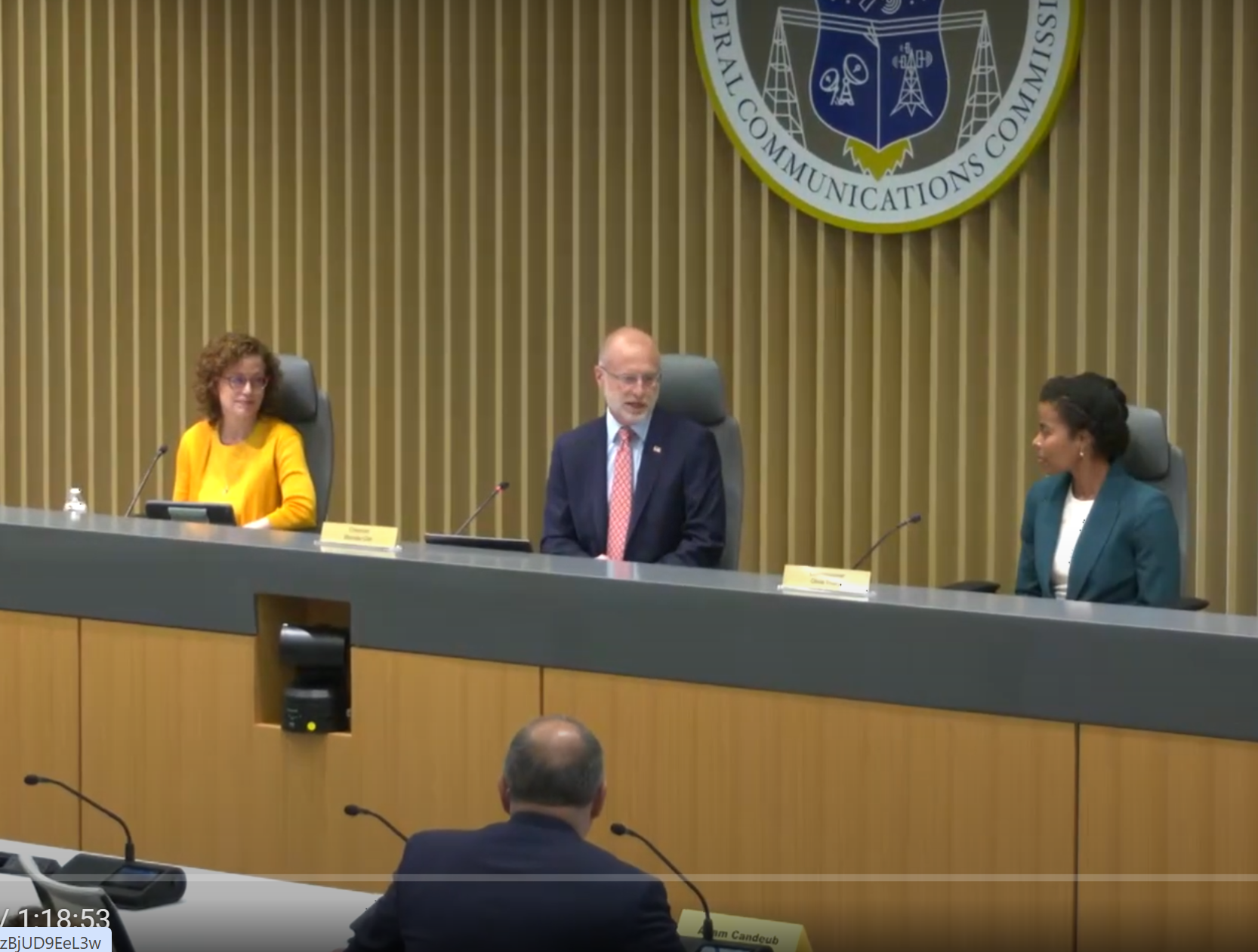So You Think You Want To Be a CTO
Recently, after talking at a conference, I was approached by a young man who asked me for some pointers on becoming a chief technology officer. Frankly, I am convinced that my impromptu answer was almost completely worthless but the question certainly started me thinking:
What, nowadays, makes a successful CTO? Are these the same qualities that enabled success 10 years ago? What new challenges have emerged? What are the golden rules of engagement?
A successful CTO must possess a number of qualities that supplement the skill set normally expected from a technology senior executive. Nowadays, the CTO must exhibit not only the operational excellence that is required by the overseeing round-the-clock mission-critical activities, but also a complement of other skills that you normally associate with other C-level executives. The successful CTO must:
Understand their company, their industry and even other industries that might affect the organization upstream, from a material standpoint or downstream from a retail channel perspective.
Possess the financial acumen to successfully navigate standard vendor agreements, outsourcing, rapid capital cycle deployments and all of the new accountability and reporting requirements brought to the table by recent legislation such as Sarbanes-Oxley.
Have the ability to quickly and succinctly convey information that, by virtue of its nature, is often extremely complex and often out of reach to a nontechnical executive.
And finally, have the leadership ability to rally the troops in order to achieve ever more daunting tasks with an ever-dwindling set of financial and human resources.
The biggest challenge right now is convincing executives in the non-technology areas of the need for massive change brought upon this environment by all of these technology changes. We meet this challenge through constant education, trying to drive home the exponential speed, at which some of these technologies are being introduced, mature and become viable.
The other major challenge is the shortening of capital investment cycles, caused by the ever faster rate of technological deployments. In the old broadcasting environment, equipment could be deployed and amortized over a 15- to 20-year period.
Now, quite suddenly, that time span has been compressed to seven or fewer years. As a matter of fact, we fully expect on-air video servers being deployed today to have a life span of five years. These new depreciation schedules place tremendous pressure on the availability of capital investment and the management of those capital cycles. In the long term, these realities require two major changes in this particular industry:
Where possible, a steady migration away from proprietary hardware-based systems and towards commodity IT-based equipment, therefore leveraging the economies of scale that arise from a much larger customer base than the traditional broadcast realm.
INSTANT ROI
The absolute requirement that every single capital investment have an immediate and direct impact on operational costs or an introduction of new technical capabilities, which allow a company to quickly increase its revenue stream through the introduction of an expanded business model portfolio.
There is of course, the ever present challenge of skills retention; identifying the right people that can help you achieve your vision and retaining them is becoming harder each day. Invariably, the people that possess the skills and motivation necessary to manage these challenges are in heavy demand. This phenomena is exacerbated in the non-profit industry where our ability to compete from a compensation standpoint is somewhat impaired.
We often find ourselves in a situation where we invest heavily on a promising employee, training him or her in all the latest technologies, only to see that person walk out the door to a better paying opportunity. While this problem is not unique to nonprofits, it is, in PBS's case, compounded by our proximity to Washington, D.C. The substantial amount of local investment by the federal government in the areas of Homeland Security, biotechnology and nanotechnology create a very competitive marketplace for highly skilled technical talent around the nation's capital.
The only way we can overcome this situation is by creating a work environment where people feel like they are contributing to the overall mission of public television. We invest heavily in letting them know that they can grow both personally and professionally as individuals while contributing to a worthwhile cause and continually emphasize and provide them with continuing education while presenting them with projects that keep them on the cusp of the latest technology.
The first of my three golden rules of being a CTO nowadays is being willing to accurately assess risks. It's no longer just about keeping a job. It has to be about doing a job that means taking calculated risks. A CTO that does not take calculated risks could be a tremendous detriment to a company.
The second golden rule is to understand that underlying everything, it's all about the business. It's all about creating value for whoever the stakeholders are. This is a business mentality that absolutely needs to permeate any and all technology decisions.
The third rule is that you need to have total and complete cooperation among all areas of the company, because more and more success will depend on a complete integration of all of the functions of the company into an optimized, biological-like organism that can quickly adapt to changes in the marketplace and its concomitant stimuli.
In my next column, I will tackle some additional challenges facing CTOs today and put forth some thoughts on vendor assessment, selection and contract negotiation.
Count on IT.
The professional video industry's #1 source for news, trends and product and tech information. Sign up below.
